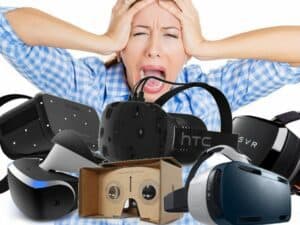Indestry has a short post on virtual reality in 2016 and what VR makers won’t tell you. They don’t get it entirely right, but their ten points are a quick overview of what to expect for the year. And it highlights the issues we face in rolling out VR in both entertainment and education areas.
It seems that everywhere you look at the moment there’s someone talking about virtual reality. It’s the Kardashian of media consumption devices. From frothy predictions about the death of cinema to it being the future of medicine, every man, woman and child is going to benefit from the “revolution” that is coming “soon” whether powered by Oculus, Sony or the many others who are exploring the space.
Virtual Reality in 2016
Here’s their list with our comments:
- There are two vastly different types of VR headset – Mobile and PC. The former will run on your phone, cost you almost nothing (except for the phone), but the experience will be inferior. The HMD’s by Oculus, HTC and others offer an entirely different experience. But the latter also mean you’re tethered to a computer unless you’re carrying a computer in a backpack.
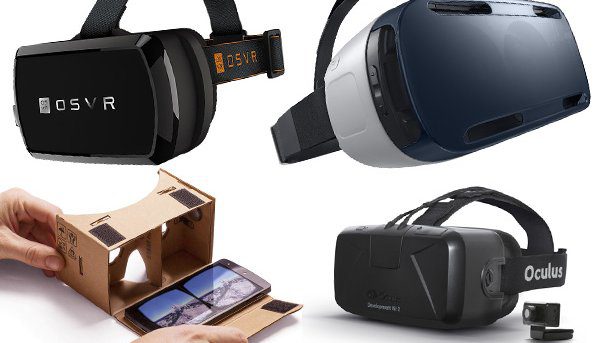
- VR is video and 3D or maybe a mix of both. Most of what we’re watching now is 360 video. You get to look around, but you’re tied to the camera’s location. In Live rendered 3D, you can navigate through an artificial environment. Inde doesn’t mention Magic Leap or HoloLens, but we’re just talking 2016 here and these devices may be closer to next year.
- PC powered VR is EXPENSIVE. True. Up to $600 for a VR headset and close to $2,000 for the computer. Gamers will rejoice, but most people are going to experience virtual reality on their smartphones.
- Mobile VR loves battery. Get yourself a portable battery pack if you want to do VR each day. You’ll need it. And if you’re trying to roll this out in a public venue or in higher education, be prepared for the challenges:
Deploying 25 devices in your museum will require real thought on battery usage and charging.
- VR is a bit disappointing but that’s okay. Every tech development comes with a hype cycle, and we often get ahead of ourselves in expectations. But we’ve seen a lot of VR and watched many people experience it. In talking with others, disappointment was the one word we didn’t hear. If anything, this is the first technology we’ve seen that shatters our expectations. It’s just that good.
- VR is detached from reality. True if you’re using an enclosed VR headset. but smaller devices like the Homido Mini are actually quite open. It all depends on the gear you use (for now).
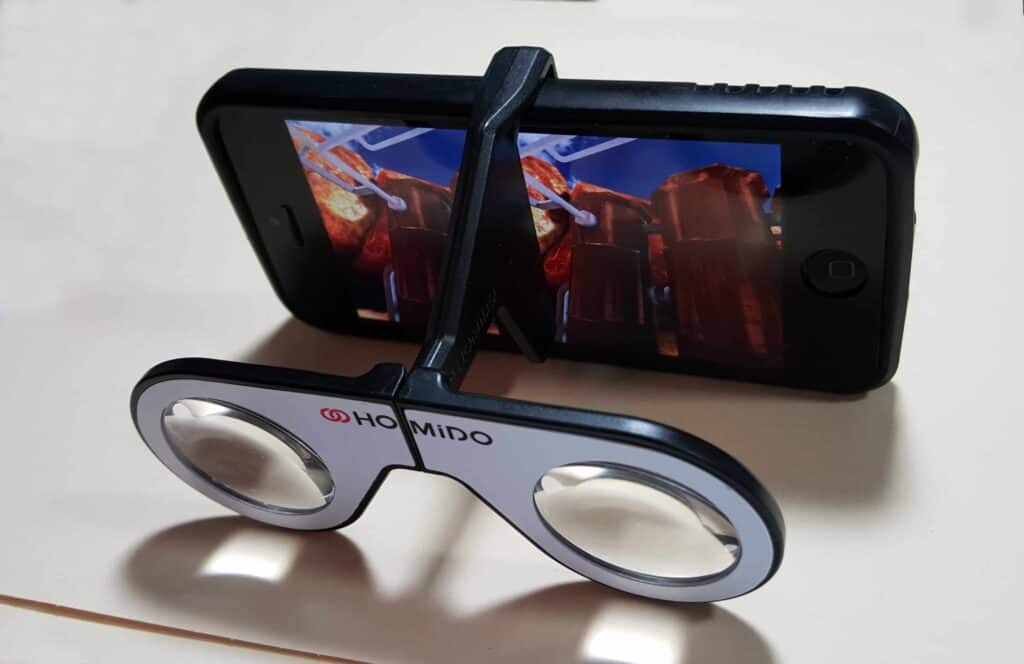
- Expect the advertising industry to ruin VR’s reputation in 2016. Unfortunately, this will probably happen. Inde’s comment:
2016 will see a slew of dumb, “why does it exist” experiences using VR. This will give VR a terrible reputation towards the back end of 2016 as this emerging tech gets bastardised in the name of promotion. Plus ca change.
- Google Cardboard was built to annoy Facebook. Perhaps, but Inde fails to see that Google Cardboard has taken on a life of its own. Especially when Google is making strategic moves to build up a VR division and has shipped 5 million units. Google Cardboard will stick around – if only for promotions and innovative experiments like The New York Times VR project. Or education – when you want students to have access to a low-cost VR device.
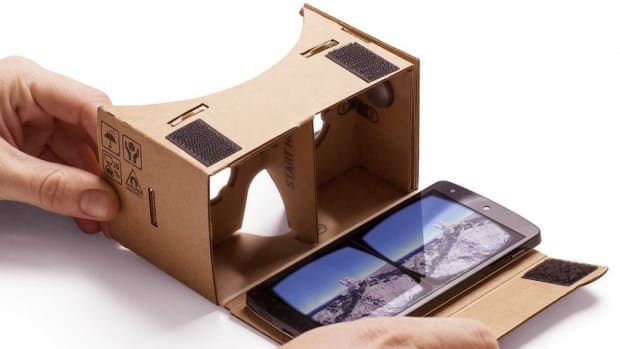
- Industry will take years to adapt. Yes, everyone takes time to adapt, but very few are sitting on the sidelines (you do so at your own peril). The environment is evolving far too quickly. According to Inde:
Initially gaming will benefit from allowing players to be even deeper inside the action. Companies such as Fox et al are exploring its use within sports, cinema and entertainment overall. Educators and museums are discussing its usage both inside and outside of the classroom. Yet the truth is much more mundane in the sense that while there will be some success stories in 2016, the real success will arrive much later as people and industries begin to separate the wheat from the chaff and develop viable longer term products.
From our perspective, the chaff is just as important as the wheat. There will enough mistakes in VR, but it’s the only way we’re going to understand what the medium can do. Just take Edison’s approach to failure:
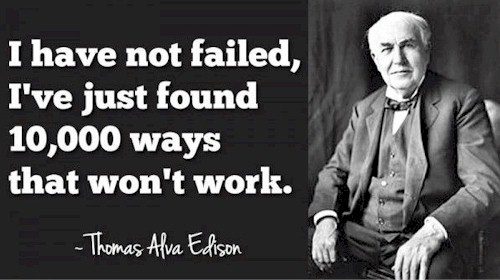
A Final Comment on Media and Education
Most of what’s on this list was readily apparent at the Sundance Film Festival. But what makes the New Frontier program unique is that it’s designed for experimental work. Even the VR installations that fell short were thought-provoking experiences. And VR filmmakers are pushing the technology as far as it will go. In some case, even demanding more than it can currently deliver.
In higher education, tight budgets make experimentation hard to justify. But in a few years students will be coming to campus with VR experience in both gaming and entertainment. We’re still reeling from the mobile revolution with too many faculty struggling to effectively integrate smartphones into the learning environment. Unless we move quickly, the traditional classroom will be even more alien to our students and the skills they need in the coming decade.
Emory Craig is a writer, speaker, and consultant specializing in virtual reality (VR) and artificial intelligence (AI) with a rich background in art, new media, and higher education. A sought-after speaker at international conferences, he shares his unique insights on innovation and collaborates with universities, nonprofits, businesses, and international organizations to develop transformative initiatives in XR, AI, and digital ethics. Passionate about harnessing the potential of cutting-edge technologies, he explores the ethical ramifications of blending the real with the virtual, sparking meaningful conversations about the future of human experience in an increasingly interconnected world.

